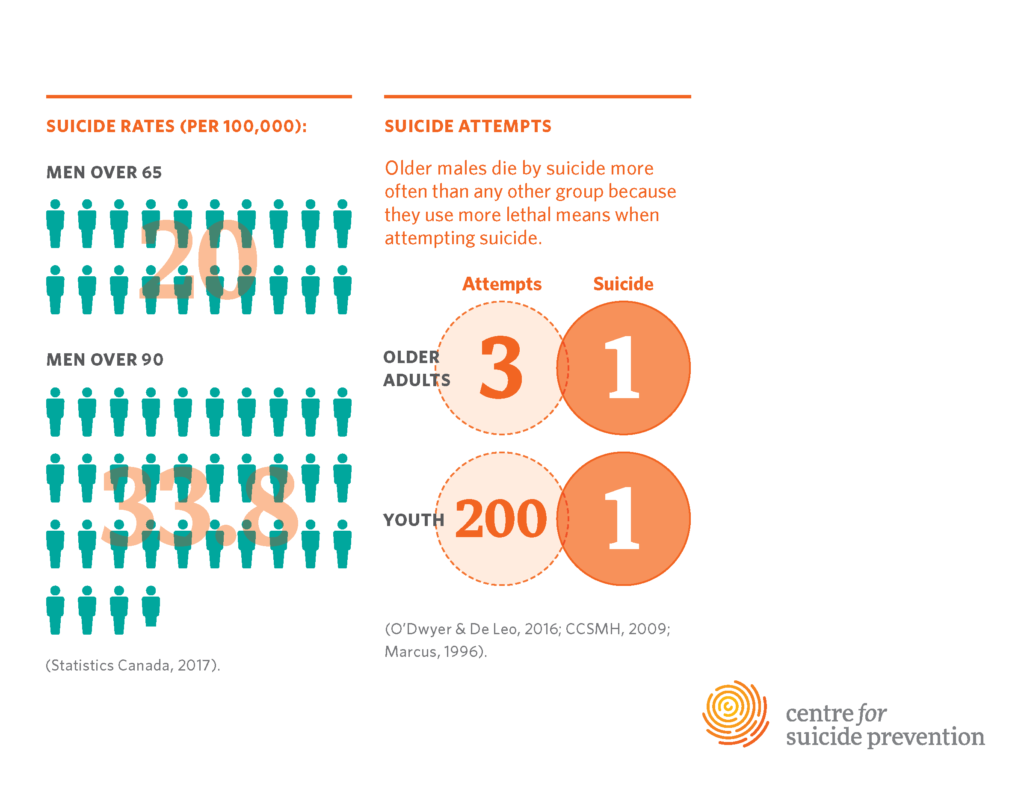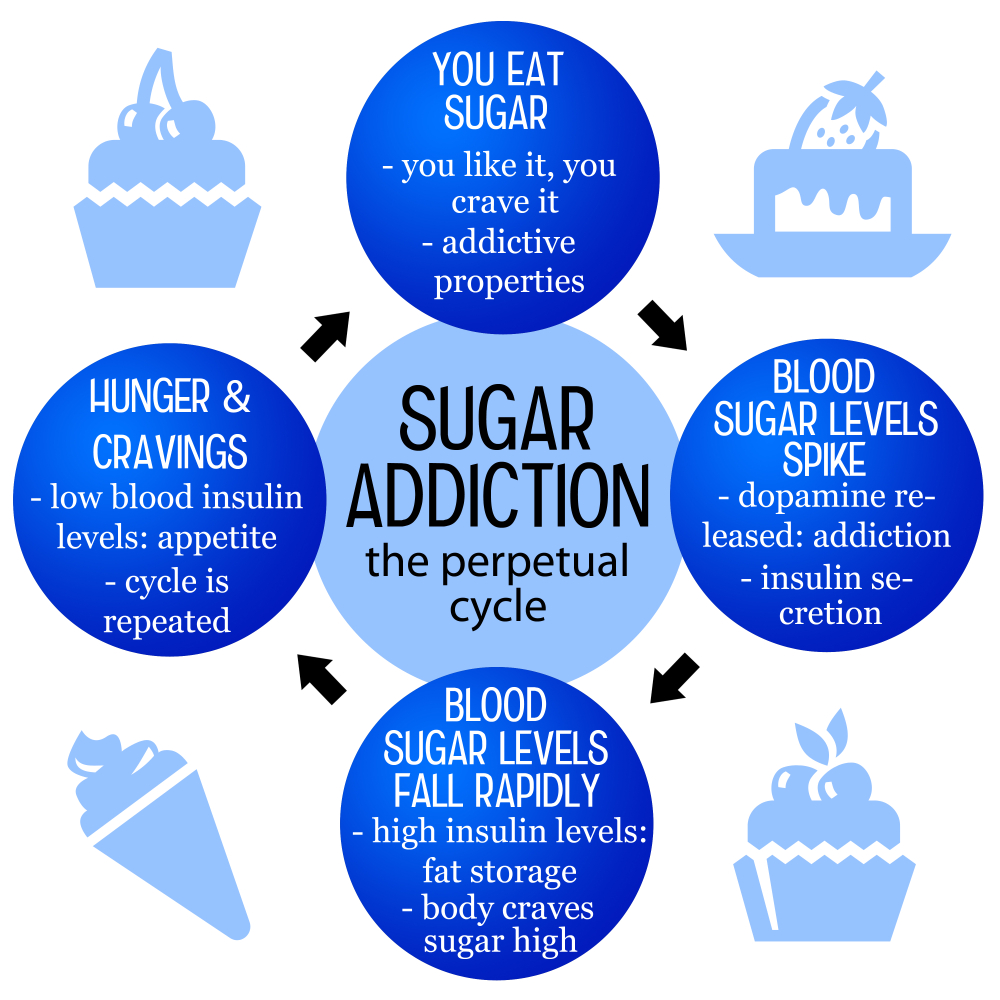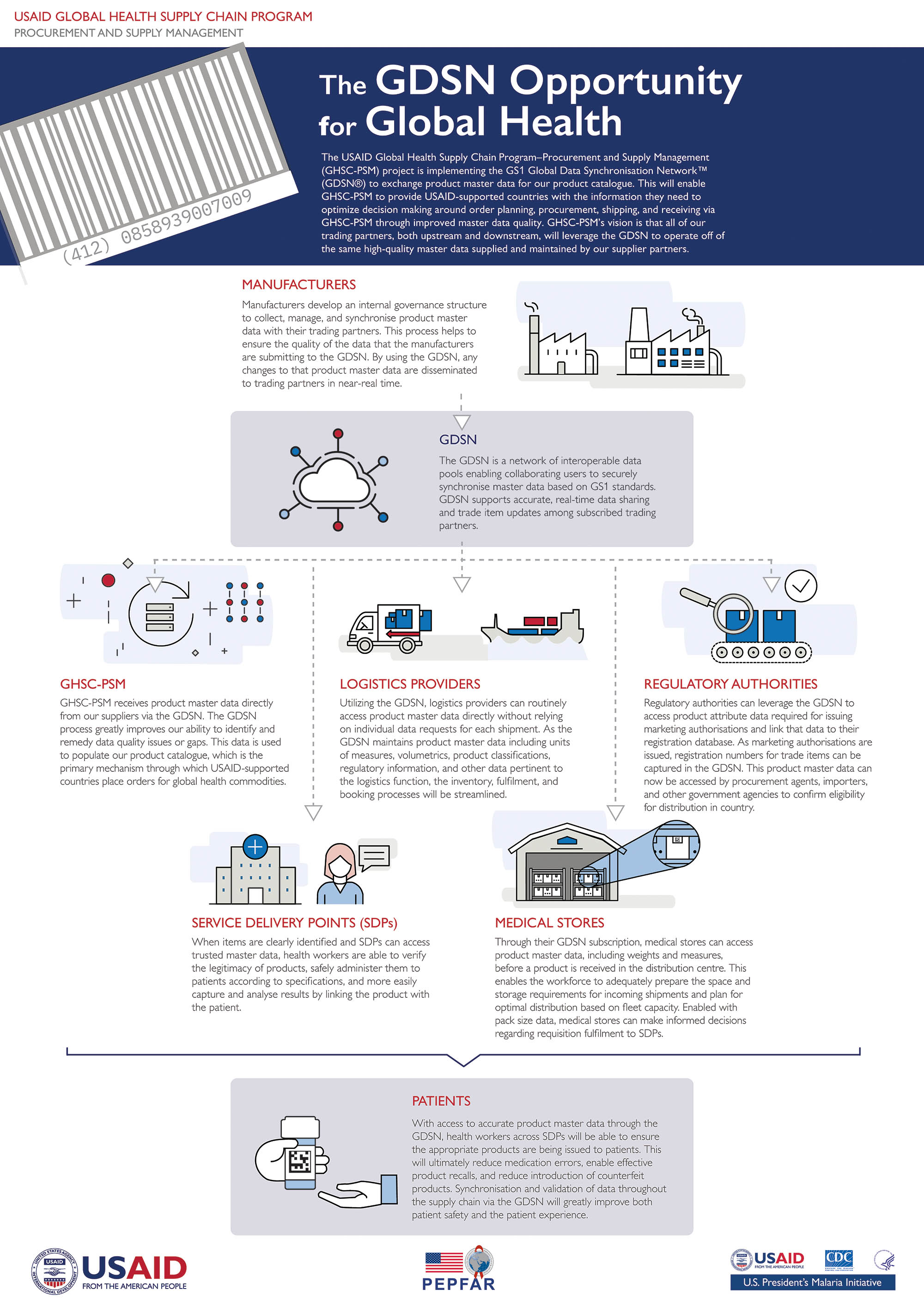Suicide prevention for older adults is an urgent issue that demands our immediate attention, particularly as this demographic faces the highest suicide rates. Research indicates that adults aged 75 and older show alarming numbers, yet they often have access to fewer resources aimed at addressing their mental health needs. The lack of specific elderly suicide resources highlights an imbalance in how online suicide prevention efforts are targeted, leaving many seniors at risk without adequate support. As isolation and loneliness become more prevalent in later life, understanding the unique suicide risk for seniors is crucial in creating effective prevention strategies. Therefore, it is essential to enhance the visibility and accessibility of mental health services focused on geriatric mental health, particularly through innovative online suicide prevention initiatives.
The subject of preventing suicide among older individuals is increasingly critical in public health discussions. As a growing concern, the mental well-being of the aging population often goes overlooked, despite the significant challenges they face. With older adults frequently experiencing higher instances of depression and social disconnection, proactive measures for mental health support become imperative. Moreover, addressing the geriatric population’s unique vulnerabilities requires expanding the scope of traditional suicide prevention programs to encompass targeted outreach and specialized treatment. By leveraging online platforms and resources, we can better equip seniors with the necessary tools to navigate their mental health challenges and reduce the incidence of suicide in this age group.
Understanding Elderly Suicide Resources
The issue of suicide among older adults is alarming, with a pronounced need for effective resources tailored to this demographic. Many national suicide prevention organizations overlook the unique challenges faced by seniors, leading to a lack of dedicated support systems. Research indicates that older adults, particularly those aged 75 and above, are at a significantly higher risk of suicide compared to other age groups. This discrepancy highlights the urgency for developing targeted resources that cater specifically to the elderly population, which often grapples with issues such as chronic illness, isolation, and mental health challenges.
Moreover, existing elderly suicide resources tend to be buried within broader information platforms. While the internet has become a crucial tool for older adults seeking health information, many traditional suicide prevention efforts do not effectively reach or resonate with them. It’s essential for organizations to refine their approach, ensuring that their online presence speaks directly to older adults and their caretakers. By doing so, we can improve accessibility to crucial mental health resources and reduce the rising suicide rates among seniors.
Frequently Asked Questions
What resources are available for suicide prevention for older adults?
Resources for suicide prevention for older adults include hotlines specifically tailored to seniors, community mental health programs, and online platforms offering information on mental health for older adults. Websites such as the National Institute of Mental Health and local aging agencies can provide valuable guidance and support.
How can I recognize suicide risk in seniors?
Recognizing suicide risk in seniors involves watching for signs such as withdrawal from social activities, changes in mood, increased talk about death, and neglecting personal care. Understanding these symptoms is crucial for effective suicide prevention for older adults, as early intervention can save lives.
What role does mental health play in preventing suicide among older adults?
Mental health is critical in preventing suicide among older adults. Conditions such as depression and anxiety can significantly increase suicide risk. Addressing geriatric mental health through counseling, therapy, and medication management can help reduce these risks and improve overall well-being.
What are the effective online suicide prevention strategies for elderly individuals?
Effective online suicide prevention strategies for elderly individuals include creating age-friendly websites, offering telehealth services for mental health support, and promoting online community resources that target the specific needs of older adults, enhancing accessibility and engagement.
How does social isolation affect suicide risk in older adults?
Social isolation is a major risk factor for suicide among older adults. It can lead to loneliness, depression, and a lack of support systems. Suicide prevention for older adults should focus on community engagement initiatives that foster social connections and combat isolation.
Are there specific national campaigns targeting suicide prevention for seniors?
Yes, some national campaigns focus on suicide prevention for seniors, emphasizing the need for tailored resources and outreach strategies. However, a recent study indicates that more needs to be done to effectively reach this demographic with relevant information and support.
What are the statistics on elderly suicide rates?
Statistics show that adults aged 75 and older have one of the highest suicide rates, with a rate of 20.3 per 100,000 according to the CDC. Understanding these figures is essential for developing focused suicide prevention resources for older adults.
What unique challenges do older adults face regarding mental health?
Older adults face unique challenges regarding mental health, including societal stigma, age-related health issues, loss of loved ones, and inadequate mental health resources. Addressing these challenges is vital for effective suicide prevention for older adults.
How can family members assist in suicide prevention for older adults?
Family members can assist in suicide prevention for older adults by being aware of risk factors, encouraging open conversations about mental health, and seeking professional help if needed. Active support and understanding can make a significant difference in their mental health journey.
What should I do if I am concerned about a senior who may be suicidal?
If you are concerned about a senior who may be suicidal, it is important to talk to them openly and gently about your concerns. Encourage them to seek professional help, whether through a physician, mental health provider, or suicide prevention hotline, and remain supportive throughout the process.
| Key Points | Details |
|---|---|
| Older Adults at Highest Risk | Adults aged 75 and older have the highest suicide rates among all age groups. |
| Lack of Resources | National suicide prevention organizations fail to provide adequate resources for older adults. |
| Study Conducted | The study by McLean Hospital shows older adults struggle to find accessible suicide prevention resources. |
| Online Resource Imbalance | Many older adults seek health information on the internet, but resources for them are hard to find. |
| Key Contributing Factors | Social isolation, loneliness, and systemic biases contribute to rising suicide rates in this demographic. |
| Need for Targeted Campaigns | There is an urgent need for tailored suicide prevention campaigns aimed at older adults. |
| Future Recommendations | Targeted campaigns and more funding are essential to improve resources and research in this area. |
Summary
Suicide prevention for older adults is a critical issue that demands immediate attention. With adults aged 75 and older experiencing the highest suicide rates, the lack of accessible resources from major suicide prevention organizations is deeply concerning. The recent study highlights an urgent need for tailored initiatives that address the unique challenges faced by senior citizens, such as social isolation and inadequate representation in current prevention efforts. To combat this growing crisis, it is vital to implement targeted campaigns, enhance resource availability, and increase funding dedicated to older adult suicide prevention. By prioritizing these strategies, we can help ensure that older adults receive the support they need to thrive.



